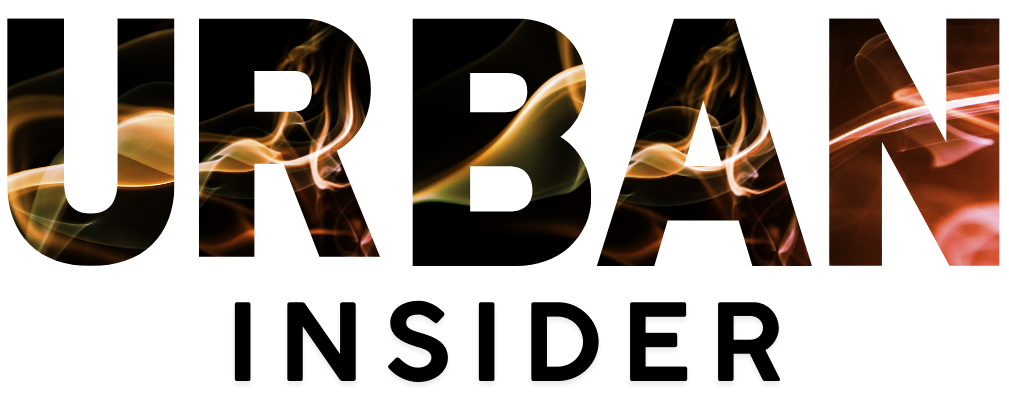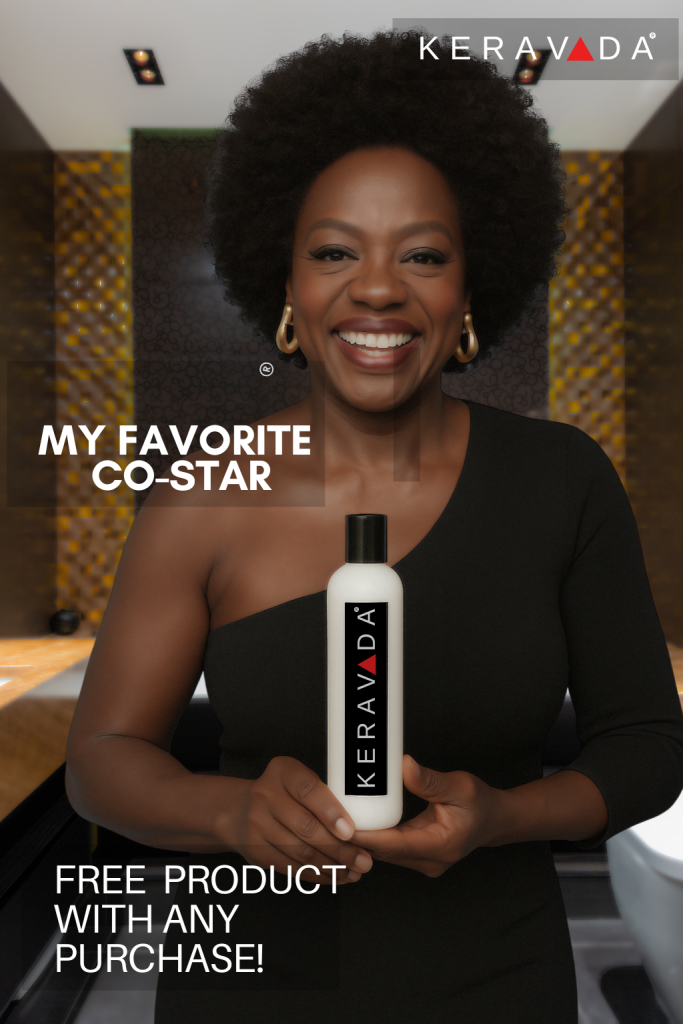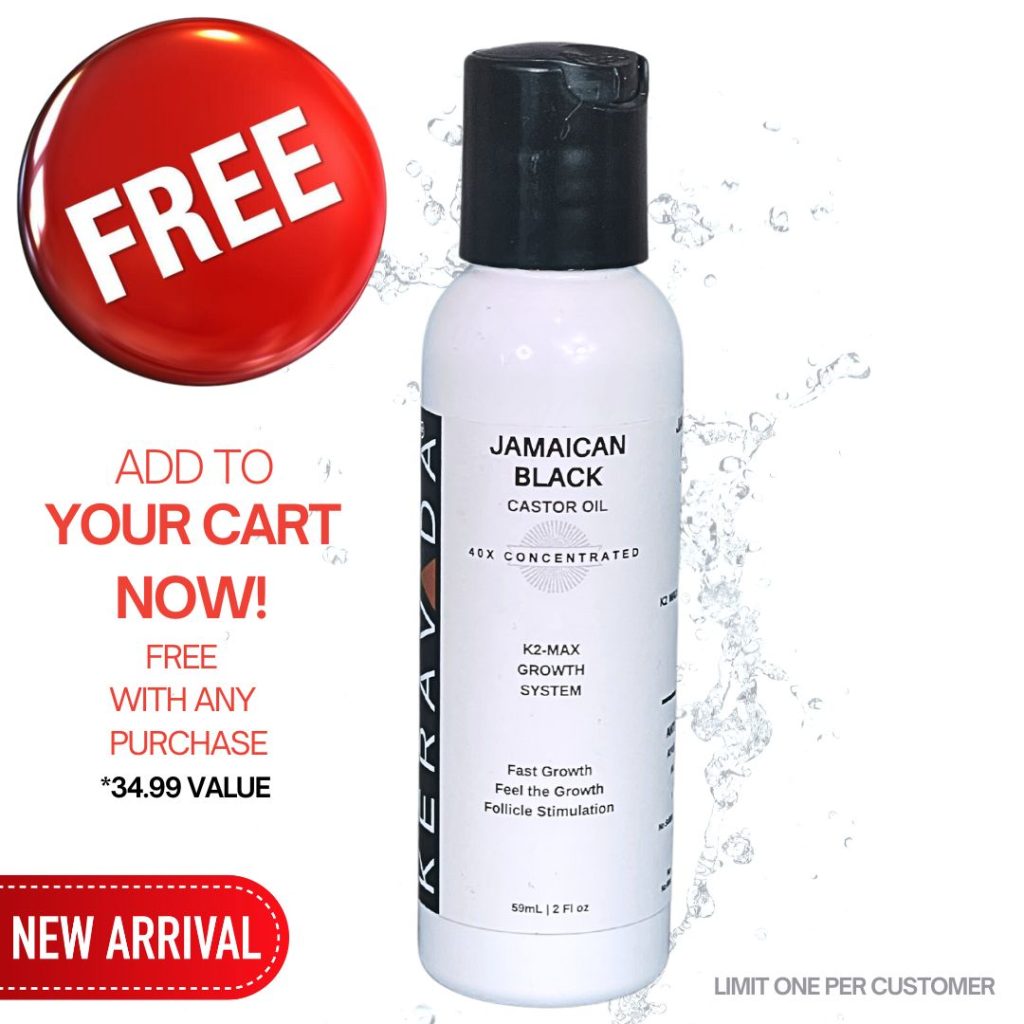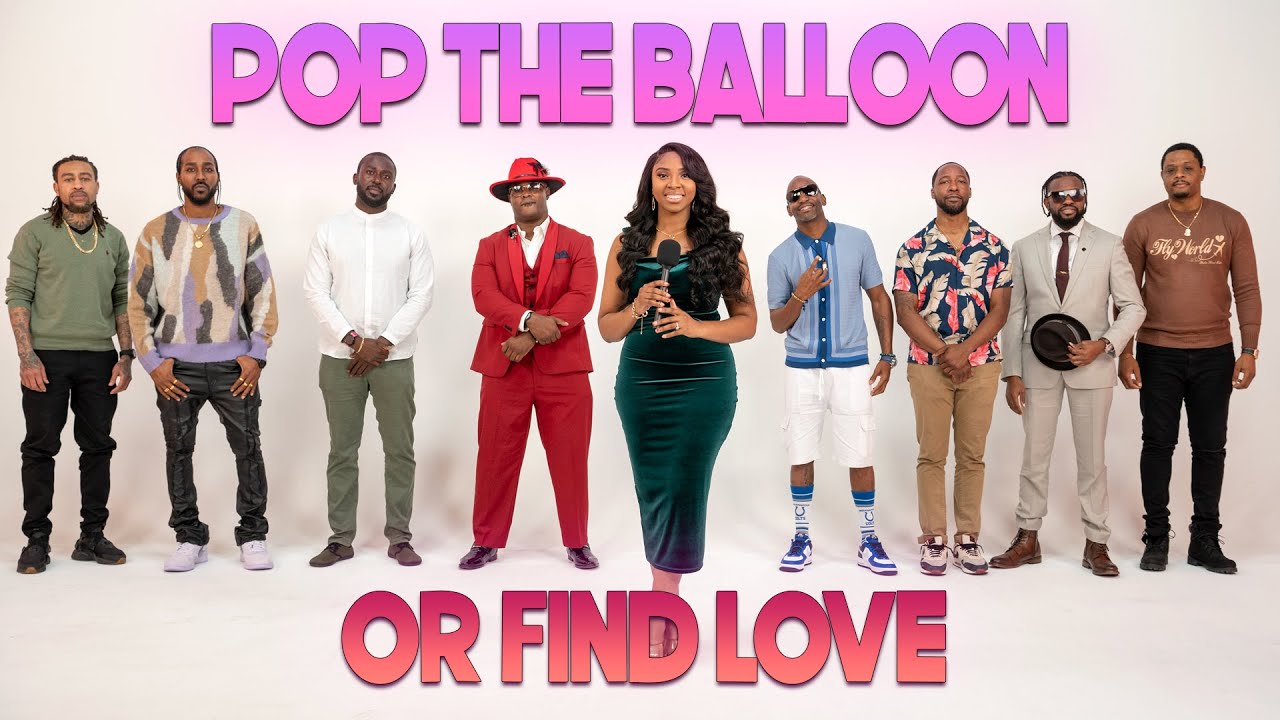Behind the Tag: Is Your $5,000 Handbag a High-Tech Mirage?
Shockwaves are rippling through the world of high-end fashion, all thanks to some viral Chinese TikTok videos that claim your favorite “Made in France” luxury bag might not be as European as you think. The promise of artisan-crafted treasures from Paris or Milan? According to these clips, it’s just the opening act. Some say what you’re really buying is a meticulously marketed fantasy—embroidered with the emblem of a prestigious maison, but sewn together thousands of miles away in a buzzing Chinese factory.
If the claims taking TikTok by storm are true, it’s not just your wallet that’s at stake—it’s the entire story luxury fashion has been selling us for decades. Oh, and the timing? This all-out social media exposé is unfolding just as the U.S.-China trade war cranks up to eleven. So buckle up: By the end of this read, you’ll know exactly what’s going on behind the shimmering shop windows and velvet ropes.
Tariffs & TikTok: The Fashion Trade War Gets Viral
Let’s be real: Trade wars used to mean bureaucrats, boardrooms, and yawn-inducing graphs. Now? Add Gen Z dance moves, trending hashtags, and a sprinkle of digital drama. Welcome to the twenty-first-century economic showdown.
Here’s the setup: The U.S. has slapped tariffs up to 125% on swaths of Chinese imports, a bold move that’s supposed to hit “cheap” goods hard. But China isn’t sulking. Instead, it’s fighting back in unexpected ways—including on TikTok. Suddenly, the world’s ‘just for fun’ video app is the stage for a new kind of information campaign. Call it economic warfare with a viral twist.
That’s why these TikTok exposes are more than clickbait. They’re a kind of digital counterpunch: China isn’t just negotiating with trade reps or pushing back in WTO meetings. They’re leveraging social media to ask—loudly—how much “luxury” is pure label, and how much is global assembly-line magic.
📘 Info: It’s not just battleships and tariffs anymore—now trending hashtags and viral videos can set off global economic aftershocks.

TikTok Revelations: What Is Actually Being Exposed?
Here’s where it gets juicy. The core claim popping up in countless TikTok feeds: More than 80% of those exclusive bags—think Hermès, Prada, Saint Laurent, and their designer clique—are secretly manufactured in China but get labeled as “Made in France” or “Italy.” We’re talking identical leathers, stitching, the works—just minus the European rent and obligatory espresso breaks.
How? Chinese manufacturers are going full influencer mode, giving viewers eye-popping tours of busy factories, stacks of designer tags next to bags hot off the line, and shipping crates headed west. Some even dangle offers to “buy the real thing direct”—suggesting you, too, can bypass the boutique markup and go straight to the source.
If you’re picturing a buzz-cut whistleblower behind a smoky lens, think again. The tone ranges from pride to playful trolling—factory reps seem almost gleeful as they showcase the production process, calling out how global brands boost their profits by paying rock-bottom prices, then charging a fortune for the “heritage” label on the handle.
📝 Note: The viral firestorm isn’t just about truth or lies—it’s also about who gets to control the story. Is this whistleblowing, clever marketing, or a top-down propaganda play? Sometimes, the answers blend together on your feed.
Brands Strike Back: Denials, Drama, and Expert Reality Checks
So how are Hermès and the fashion elite handling this digital mudslinging? In a word: defensively. Hermès has issued point-blank denials, doubling down on their narrative: all bags are produced in their legendary French workshops by artisans—no outsourcing, no outsourcing, no shortcuts. The official statements sound like something between a love letter to tradition and a court deposition.
Fashion historian Cora Harrington is waving a different flag: caution. She points out that TikTok is a minefield for scams and copycat ads, and not every “exposé” shines a light on the full story. Sure, there are factories, subcontractors, and international shipping, but the devil is in the details. One TikTok does not undo a legacy of craftsmanship—or, for that matter, guarantee that every bag in the video is what it claims to be.
Things are getting so heated that certain Instagram accounts, spotlighting these exposes, have been suspended—sometimes after complaints from the brands themselves. Is this basic trademark defense, or the digital age’s version of don’t-shoot-the-messenger?
⚠️ Warning: Don’t fall for those “it’s identical, just cheaper” claims. The difference between a TikTok bag and the real deal might be tiny to the eye, but monumental to your bank account and collector status.
What’s REALLY at Stake: Dollars, Drama, and the TikTok-ification of Trade
Let’s pause: Why does this matter beyond mere fashion gossip? Because what’s at stake here isn’t just whether your Saint Laurent clutch has a secret passport. The bigger question is: What are we really paying for when we buy “luxury”? Is it centuries-old craftsmanship—or just storytelling with a killer marketing budget?
- Price tags vs. reality: Could branding be the only real difference between a $100 and a $5,000 handbag?
- Global tension: These viral exposes amplify the U.S.-China trade standoff—not just with tariffs, but with cultural cachet and reputational stakes.
- Narrative control: Chinese manufacturers have gone from silent background cogs to starring in their own “behind-the-scenes” stories—elevating their profile, and turning old-school selling points upside down.
- Social commerce: Platforms like TikTok, and to a lesser extent Twitter/X, have turned brand management into a 24/7 circus—where perception can shift overnight because of one viral post.
📘 Info: If you’re getting Lil Tay vibes from the drama, you’re not alone. Today’s luxury spats play out in comment sections as much as they do at exclusive launch parties.
Pausing for Perspective: The Complexity Behind the Curtain
Okay, so is every TikTok claim gospel truth? Not so fast. The world of luxury supply chains is more Inception than Pretty Woman. Sure, some components might be crafted or assembled in Asia before heading to Europe for their final “touch,” but brands are bound by strict laws about those “Made In…” labels—even if those rules are… let’s say, open to interpretation.
Skeptics (with actual expertise) warn that these exposes, seductive as they are, often resort to oversimplification. What gets left out: the way brands subcontract work, vet suppliers, train specialized artisans, and sometimes—yup—spend extra just to slap on the right label. A video montage doesn’t decode the intense, tangled world of modern manufacturing—and one viral hit rarely gives the whole picture.
📝 Note: “Made in” can mean a dozen different things, depending on laws, loopholes, and logistics. Sometimes, it’s less about where a bag is sewn and more about where it’s passed through, inspected, or adorned.
The Luxury Label Game: What Should Shoppers Actually Do?
So, the million-dollar (or, at least, five-thousand-dollar) question: What’s the average shopper supposed to make of all this? Simple: Don’t take everything at sticker—or TikTok—value. Price doesn’t guarantee provenance, and the loudest viral video isn’t always the last word.
But here’s what’s undeniable: Social media platforms have torn down the velvet rope between brands and buyers. TikTok isn’t just about silly dances; it’s a battleground for global commerce, brand reputation, and raw narrative power. The line between “exposé” and “ad” has never been blurrier—or more influential to what we buy, and why.
The next wave of trade war? Forget tariffs; it’s information—and who gets to set the story for your wallet and your feed. Call it the Netflix-ization of retail: ever-evolving, full of plot twists…and streaming in real time.
💡 Pro Tip: When you spot a luxury label, don’t just check for scratches—check your assumptions. Beneath that Parisian zip, there might be a global story weaving its way through your favorite app.
Final Thoughts: Stay Curious, Not Cynical
Luxury brands didn’t invent myth-making, but they’ve perfected it for the digital age. Meanwhile, TikTok has handed the megaphone to everyone—not just insiders or industry PR. The result? A global guessing game, with shoppers watching, questioning, and sharing faster than ever before.
The next time a bag, watch, or “exclusive” drop tempts you, remember: The label tells part of the story. If you value heritage, artistry, and the aura of something made in Paris or Florence, there’s still magic there—but it’s worth asking how much of it is real, and how much comes from the power of a well-placed story (or a trending hashtag).
So stay sharp, challenge conventional wisdom, and don’t be afraid to dig deeper than a logo. In a world where TikTok can topple reputations, the most valuable thing you can own is a little healthy skepticism.
🚫 Danger: If a deal looks too good to be true—even with “proof” from a viral video—it probably is! That’s how counterfeiters trap the overcurious (and the undercautious).
💡 Pro Tip: The real luxury? Owning your own curiosity and staying a step ahead of the hype—no matter which side of the story you’re on.
Want more trade secrets from the world’s most exclusive brands—without the TikTok filter? Stay tuned, keep questioning, and never underestimate the power of a scroll.








